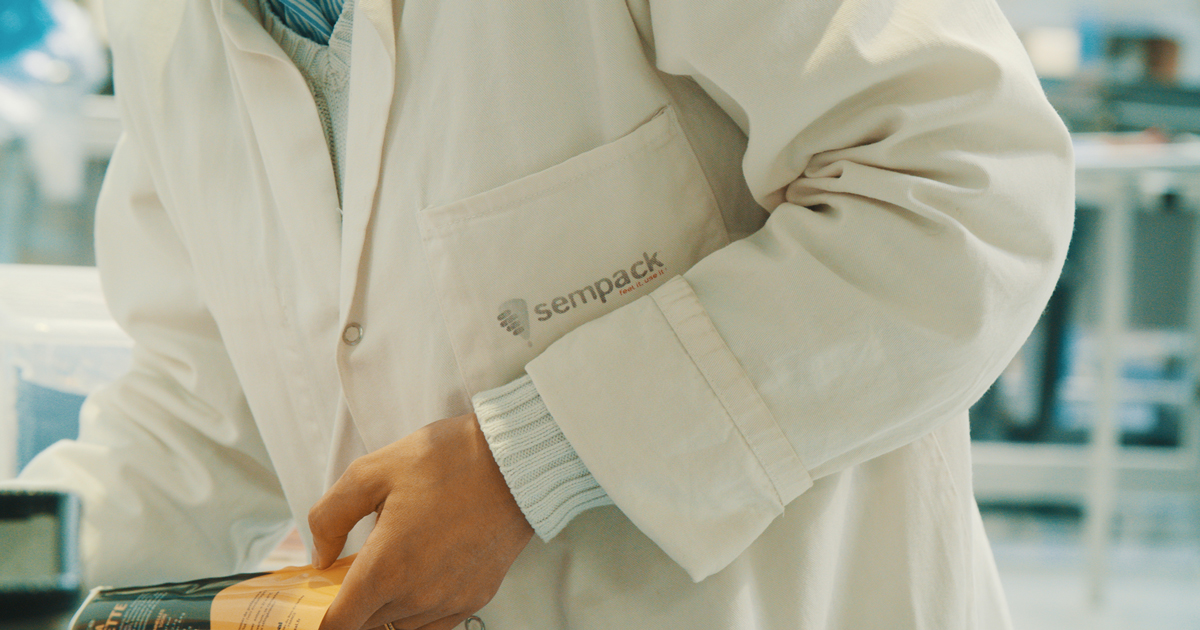Ecology and environmental responsibility are at the center of consumers’ concerns and the media’s attention. The images of plastic waste polluting the sea and the poorest countries have left their mark. They are, indeed, unbearable. Consumers expect brands to take concrete action to stop this natural and humanitarian disaster. In order to act, brands need packaging manufacturers to be able and willing to offer them new, truly eco-friendly packaging solutions.
What is ecological packaging?
An ecological packaging will be, first of all, an eco-designed packaging, or simply well designed. It is a packaging – bottle, jar, box, bottle, case, brick… – thought from A to Z and in its globality. If the packaging includes several elements, all these elements must be thought through the prism of eco-design.
An ecological packaging will be a “reasonable” and “reasoned” packaging: a packaging that protects the product and facilitates its use without superfluous, in an adapted dimension, with an optimization of all the manufacturing processes.
Ecological packaging is packaging that carefully sources its materials – sustainable resources, recycled materials, recyclable materials – and anticipates their integration into the circular economy at the end of life, with recycling, deposit or reuse.
Finally, an ecological packaging is a packaging that plays its full role: containing a product, protecting it and allowing its full consumption. An ecological packaging also reduces loss, breakage and waste.
What about “fake” green packaging?
False ecological claims on packaging, as well as greenwashing, are pitfalls to be avoided. Even packaging that is designed to be environmentally friendly or uses environmentally responsible innovation can be subject to criticism. This is the case of some compostable materials – and consequently of brands that mention this on their products’ packaging – which do not find (or only rarely), in France, channels to be industrially composted. This is the case of some bioplastics or new plastics that would be recyclable, but are not recycled, because they are not compatible with the sorting and recycling technologies of our waste management centers.
Being recyclable or compostable is fine, but the packaging must actually be recycled or composted. Ecological packaging takes into account the skills of existing channels.
Concrete example of an ecoresponsible packaging with Sempack®
Sempack® was created by SEMCO, with the clear objective of creating a true eco-friendly packaging solution in pouch for paste, liquid or powder products.
Sourcing of Sempack®: Sempack® is available in plastic and bioplastic, both being 100% recyclable in French channels. The bioplastic is made from sugar cane by-products (waste) and supplied by a Brazilian manufacturer committed to fighting deforestation.
Material and lightness: Sempack® is designed to be light, which limits the carbon impact at each stage of the supply chain.
Anti-waste: Sempack® allows a total restitution of the product. It is more convenient for the user, more pleasant, but above all, it avoids losing a large part of the product!
End of life: Sempack® takes up a little space in the recyclable packaging garbage can and is 100% recycled.
And of course, we will help you adapt your Sempack® packaging:
– in size and capacity: for a packaging that does not pack any vacuum ;
– with accessories adapted to your products: for a use without leakage or loss, and thus without waste;
– with a personalized printing made with non-polluting techniques that are compatible with current recycling standards.
Making a truly ecological packaging is more complex than it seems. It requires a global approach integrating the product, its packaging, its use and its transport phases. It is necessary to think about sourcing, optimization, global packaging, waste and recyclability.
Do you want to initiate this approach ? SEMCO and its sister company Sempack® are at your disposal to help you.
Contact us for more information.







